 |
| Nauticam E-M1 MKII vs. D800 - shown with fisheye dome ports. |
Underwater photographers have always debated their cameras and there are always questions and continuing debates about the virtues and performance of various formats.
We cover all of their pros and cons in our free Handbook: Choosing an Underwater Camera & Housing. But here's my experience.
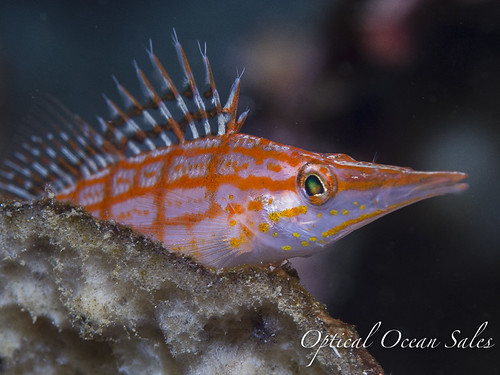 |
| Olympus E-M1 MKII |
Can a smaller, pro quality camera make up the distance with high quality optics and technology? Pretty much it was no contest for the end results; the image quality and performance (for stills anyway) is much better with a larger sensor camera like a D500 or D800. The deck was stacked against the smaller sensor format E-M1 MKII.
While the good news is that m4/3rds cameras are physically smaller; the bad news is their sensor is also smaller. Olympus and Panasonic (with Sony’s help), have continued to work miracles with the m4/3rds sensor, as well as its software, processors and SD card. However, the dynamic range of cameras like the E-M1 MKII, is lacking when compared to APS-C or full frame cameras like the D800. For video the smaller sensor works well; it gives a better crop and larger depth of field. Video focus with a larger sensor camera can be tricky.
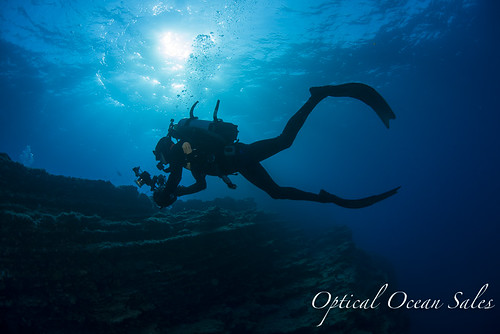 |
| Nikon D800 |
Shooting with a large sensor camera like the Nikon D800, allows me to really capture these dramatic scenes with far greater latitude, ease and quality. You just can’t put the same amount of information on a sensor that’s 4/3rds the size.
 |
| Nikon D800 |
Yes, the D800 is heavy and larger, but in the water, many of those issues go away with some flotation. Newer DSLR housings are becoming smaller and lighter as well.
Handling in the water isn’t that much different between them, dome size was the same. The E-M1 MKII is easier to navigate in tight places, particularly for macro or close focus/wide angle. Otherwise for bluewater reefscapes, the D800 isn't hard to handle, it just has more mass.
 |
| Nikon D500 |
However, I preferred to snorkel with my D800 in Mexico. Even though the Nikon can only shoot at 4 fps, all those frames are going to have a much richer exposure latitude and detail. When I review the images, I tend to go for that one shot that the Nikon D800 rendered perfectly, even in tough low-light conditions.
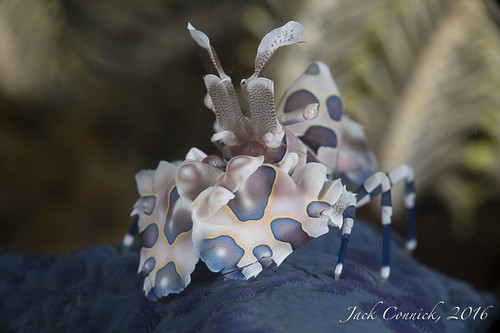 |
| Nikon D500 |
I also much prefer the large bright optical viewfinders that DSLRs use. Focus is fast and accurate with no electronic blurs or problems with blow out in high key situations.
The E-M1 MKII electronic viewfinder is about the best I've seen. Their technology has improved and can offer features like focus peaking that colors the parts of the shot when sharp. Nikon has steadily refused to offer that feature.
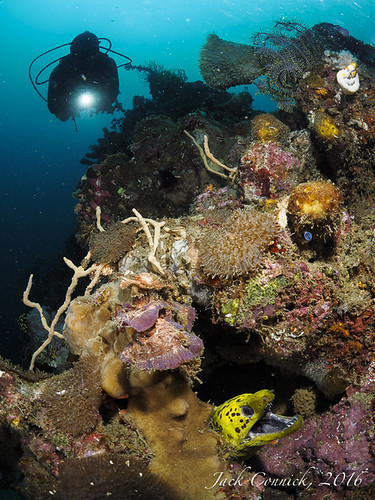 |
| Olympus E-M1 |
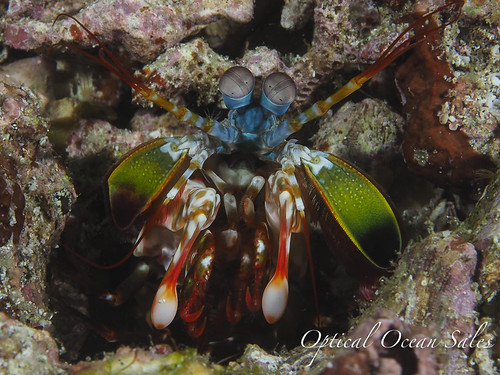 |
| Olympus EM1 MKII |
Each has a place in my underwater photo toolkit, depending on the trip or type of shot I'm after. In the end, it's the images that are the bottom line.
